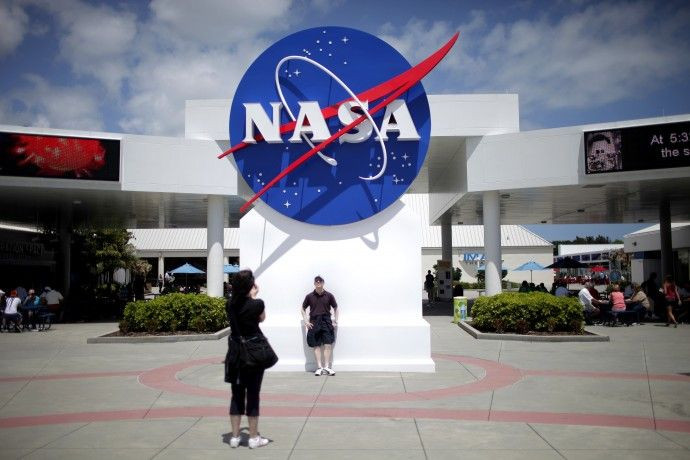NASA's Voyager 1 reaches the other edge of solar system

The 33-year journey of NASA's Voyager 1 spacecraft has reached the other edge of our solar system where there is no outward motion of solar wind.
Away from the sun at some 10,8 billion miles and hurtling toward interstellar space, Voyager 1 has entered into an area where the velocity of the hot ionized gas coming from the sun is zero. Scientists expect that the solar wind has been turned sideways by the pressure from the interstellar wind in the region between stars, said a statement from NASA.
Launched on Sept. 5, 1977, Voyager 1 crossed the termination shock in December 2004 into the heliosheath. Scientists have used data from Voyager 1's Low-Energy Charged Particle Instrument to calculate the solar wind's velocity. When the speed of the charged particles hitting the outward face of Voyager 1 matched the spacecraft's speed, researchers knew that the net outward speed of the solar wind was zero. This occurred in June, when Voyager 1 was about 10.6 billion miles from the sun, said NASA.
After June, scientists took four more month to read before they were convinced the solar wind's outward speed actually had slowed to zero. Analysis of the data shows the velocity of the solar wind has steadily slowed at a rate of about 45,000 mph each year since August 2007, when the solar wind was speeding outward at about 130,000 mph, said the space agency.
The outward speed has remained at zero since June.The results were presented at the American Geophysical Union meeting in San Francisco.When I realized that we were getting solid zeroes, I was amazed, said Rob Decker, a Voyager Low-Energy Charged Particle Instrument co-investigator and senior staff scientist at the Johns Hopkins University Applied Physics Laboratory in Laurel, Md. Here was Voyager, a spacecraft that has been a workhorse for 33 years, showing us something completely new again.
The event was described as a milestone in Voyager 1's passage through the heliosheath, the turbulent sphere of sun's influence. The solar wind has turned the corner, said Ed Stone, Voyager project scientist based at the California Institute of Technology in Pasadena, Calif. Voyager 1 is getting close to interstellar space.
The solar wind travels at supersonic speed until it crosses a shockwave called the termination shock. At this point, the solar wind dramatically slows down and heats up in the heliosheath, said the statement.
Scientists believe Voyager 1 has not crossed the heliosheath into interstellar space. It would mean a sudden drop in the density of hot particles and an increase in the density of cold particles. Scientists are still estimating when Voyager 1 will reach interstellar space, which they tentatively say would be in about four years.
In science, there is nothing like a reality check to shake things up, and Voyager 1 provided that with hard facts, said Tom Krimigis, principal investigator on the Low-Energy Charged Particle Instrument, who is based at the Applied Physics Laboratory and the Academy of Athens, Greece. Once again, we face the predicament of redoing our models.
A sister spacecraft, Voyager 2, was launched in Aug. 20, 1977 and has reached a position 8.8 billion miles from the sun. Both spacecraft have been traveling along different trajectories and at different speeds. Voyager 1 is traveling faster at 38,000 mph compared to Voyager 2's velocity of 35,000 mph. Scientists expect Voyager 2 to encounter the same kind of phenomenon as Voyager 1.
The Voyagers were built by NASA's Jet Propulsion Laboratory in Pasadena, Calif., which also operates both spacecraft.
© Copyright IBTimes 2024. All rights reserved.





















